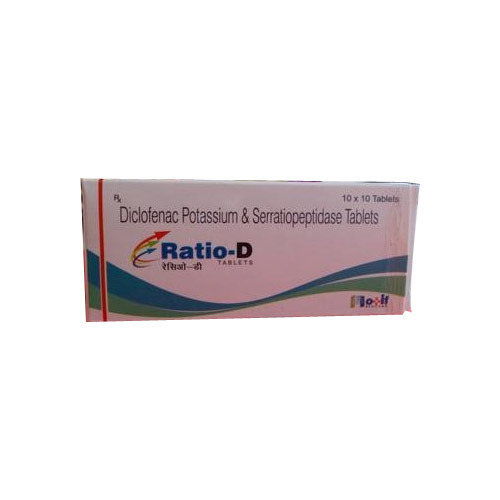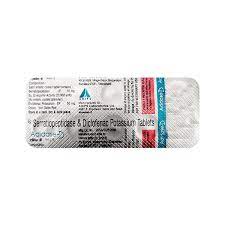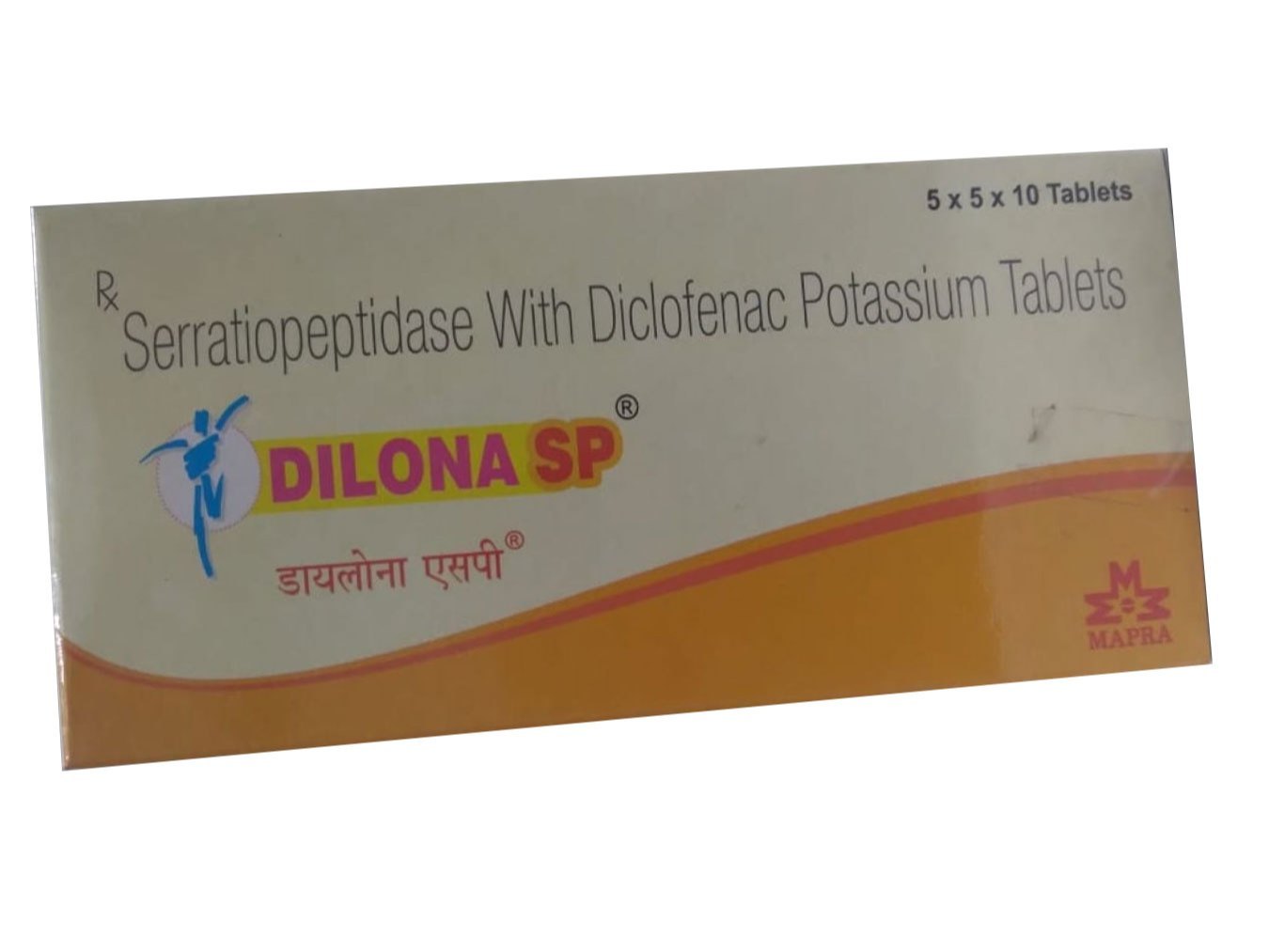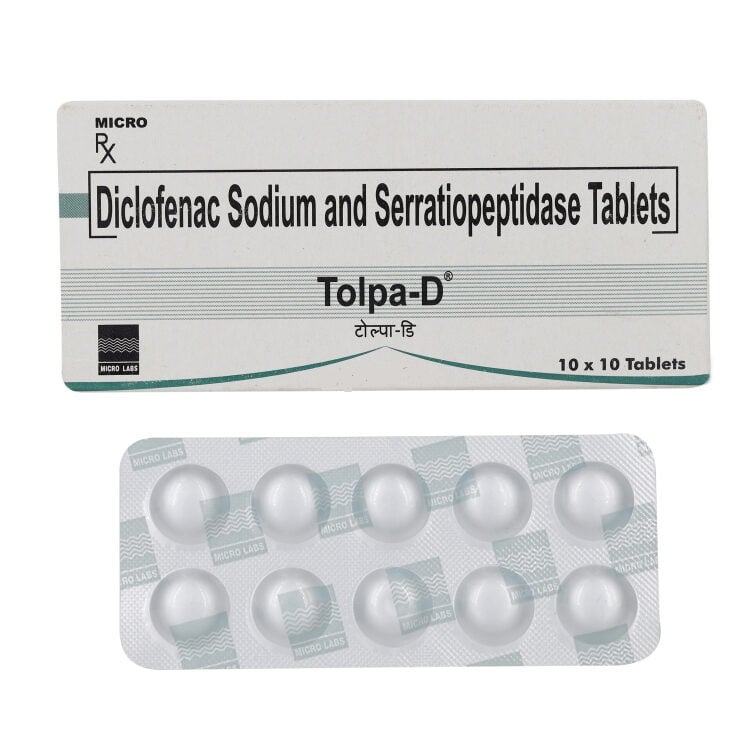Mark DS Tablet 10s
Mark DS Tablet is a medicine used to treat symptoms related to rheumatoid arthritis, spondylitis, and osteoarthritis. The symptoms include pain, swelling, stiffness and loss of movement.
HOW MARK DS TABLET WORKS?
Mark DS Tablet contains a combination of two medicines, Diclofenac and Serratiopeptidase. Diclofenac works by blocking the release of certain chemicals in the brain that cause pain and swelling. Serratiopeptidase is an enzyme that reduces swelling and promotes healing by breaking down abnormal proteins at the affected site. Together, they work to relieve pain, reduce swelling, and facilitate the process of healing.
HOW TO TAKE MARK DS TABLET?
- Take the tablet orally, and as instructed by your doctor.
- You can take it with food or before meals.
- Ensure you don't exceed the amount prescribed.
- Follow the instructions of your doctor carefully to make sure you're using it correctly.
WHAT ARE THE SIDE EFFECTS OF MARK DS TABLET?
Common Side Effects:
- Nausea
- Vomiting
- Diarrhea
- Dizziness
- Headache
- Abdominal pain
- Decreased appetite
- Rash
Serious Side Effects:
- Gastrointestinal bleeding
- Ulcers
WHAT ARE THE SPECIAL PRECAUTIONS ABOUT THIS MEDICINE?
- Individuals with a history of gastrointestinal problems should use diclofenac with caution.
- It should be used with caution during pregnancy or if you are breastfeeding, as it may cause harm to the baby and may also pass into breast milk.
- Let your doctor know about all other medicines you are taking as the interactions can lead to decreased effectiveness.
Similar Medicines
More medicines by S K PHARMA
Related Faqs

Is there anything I need to be careful about while on therapy with Nuradol?
Nuradol may cause drowsiness and dizziness, especially in the beginning of the treatment. Do not drive or work with tools or machinery if your alertness is affected. It is not advisable to drink alcohol during treatment with this medicine as it might increase sleepiness.
Disclaimer : This information is not a substitute for medical advice. Consult your healthcare provider before making any changes to your treatment . Do not ignore or delay professional medical advice based on anything you have seen or read on Medwiki.
Mark DS Tablet 10s
Prescription Required
Packaging :
strip of 10 tablets
Manufacturer :
S K PHARMAComposition :
Diclofenac (50mg) + Serratiopeptidase (10mg)
















.svg)
